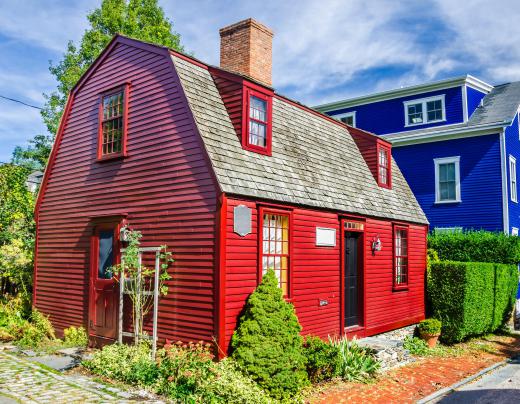A conservation architect is an architect who specializes in updating or maintaining old buildings in such a way that their integrity and historic value remains intact. Often, she is hired by the owners of a building that is protected by a historic designation or by those who simply wish to maintain or restore the authenticity of a period building. The duties of a conservation architect may include assessing a site, drawing up plans for conservation or updating work, and overseeing the execution of that work. In order to carry out these duties, she generally must have an in-depth knowledge of various architectural periods and styles as well as the ability to source appropriate materials from suppliers and obtain construction permits.
Buildings which are noteworthy for their architectural properties or their cultural or historical legacies are often named protected structures by the government of the town, state, or country in which they are located. Generally, such buildings can be altered only under the supervision of a special type of architect known as a conservation architect. This kind of architect can also be employed by the owner of an old building who either wishes to restore the building’s original appearance or wishes to alter it without destroying its historical integrity.

The work of a conservation architect often begins with a client consultation and a site visit. On these occasions, the architect will assess the building in question, speak with the client about the alterations or repairs he wishes to make, and determine whether these actions can be taken without spoiling the building’s authenticity. If the project is viable, the architect and her firm will generally draw up plans and then oversee the work as it is being carried out.

To successfully execute each project, a conservation architect must have a number of skills and resources. In addition to general architectural knowledge, she must also have an extremely thorough understanding of different architectural periods, usually obtained through a combination of graduate-level courses, independent study, and on-the-job observation. As the restoration or alteration of historic buildings, particularly those which are governmentally protected, requires materials which are authentic to their era, a conservation architect must be able to source everything from bricks to windows to hardware from a wide range of periods and styles. Finally, a conservation architect often acts as a liaison between a building owner and the owner’s local, state, or national government, explaining the work which will be done on the building and obtaining any permits required to begin construction.
